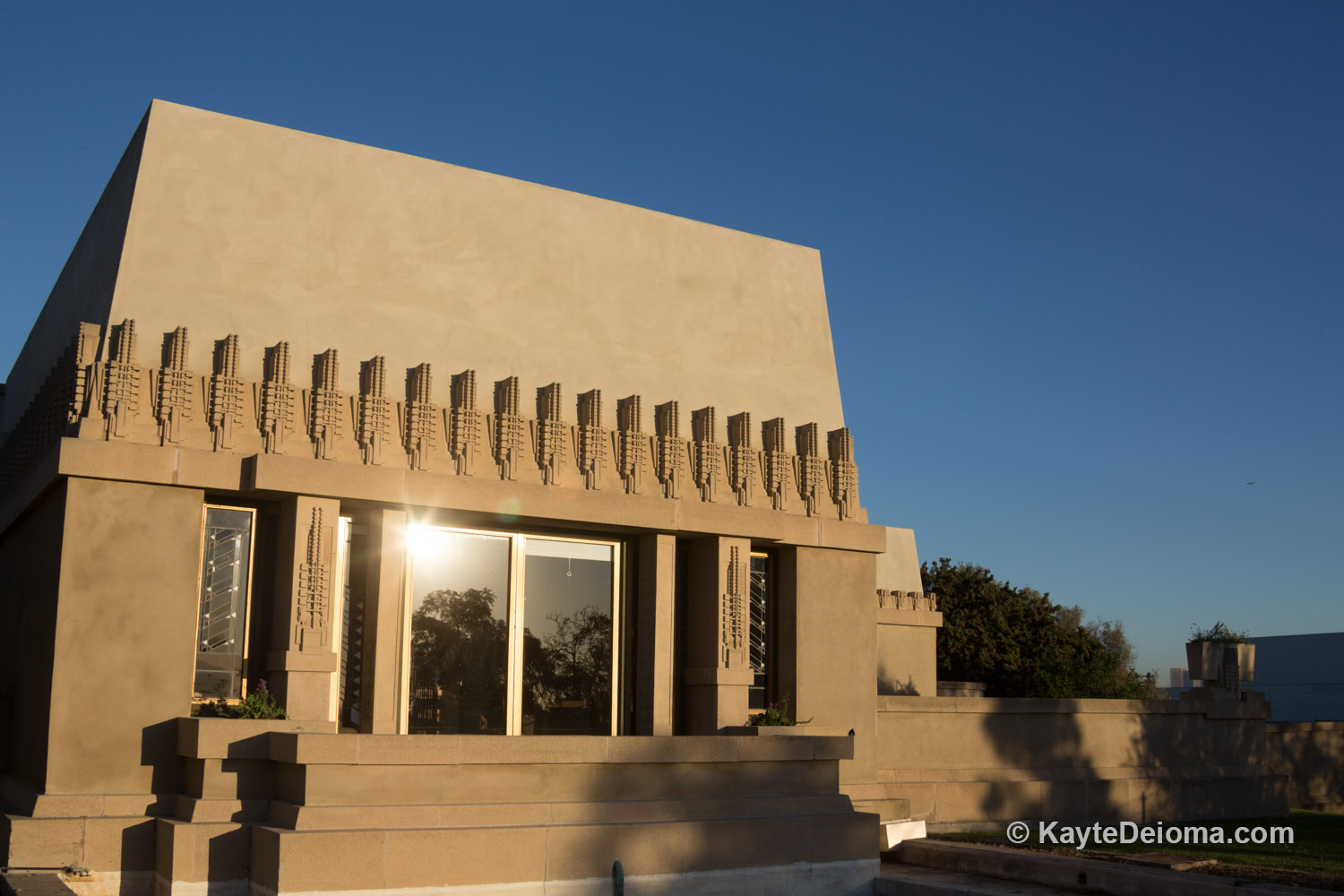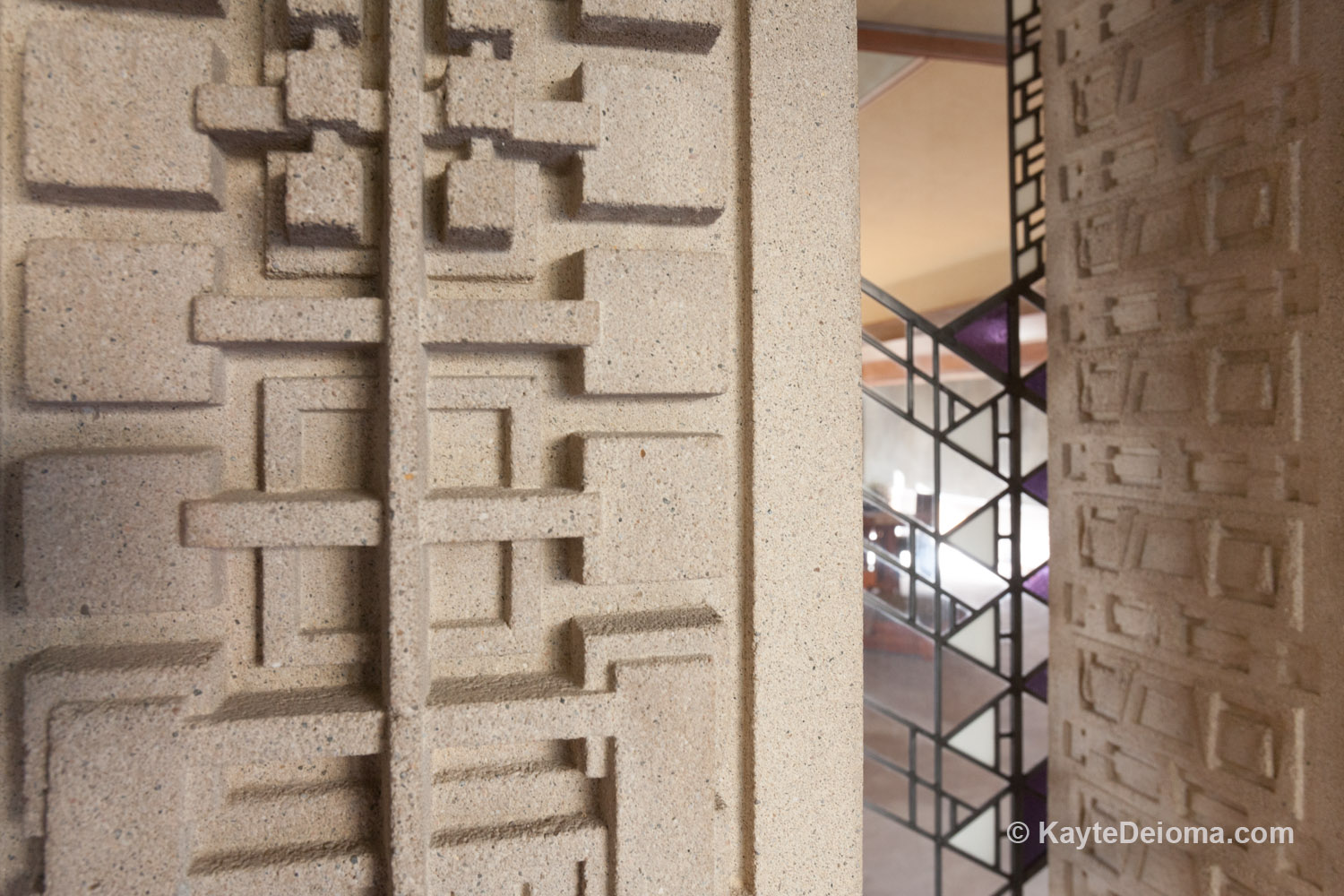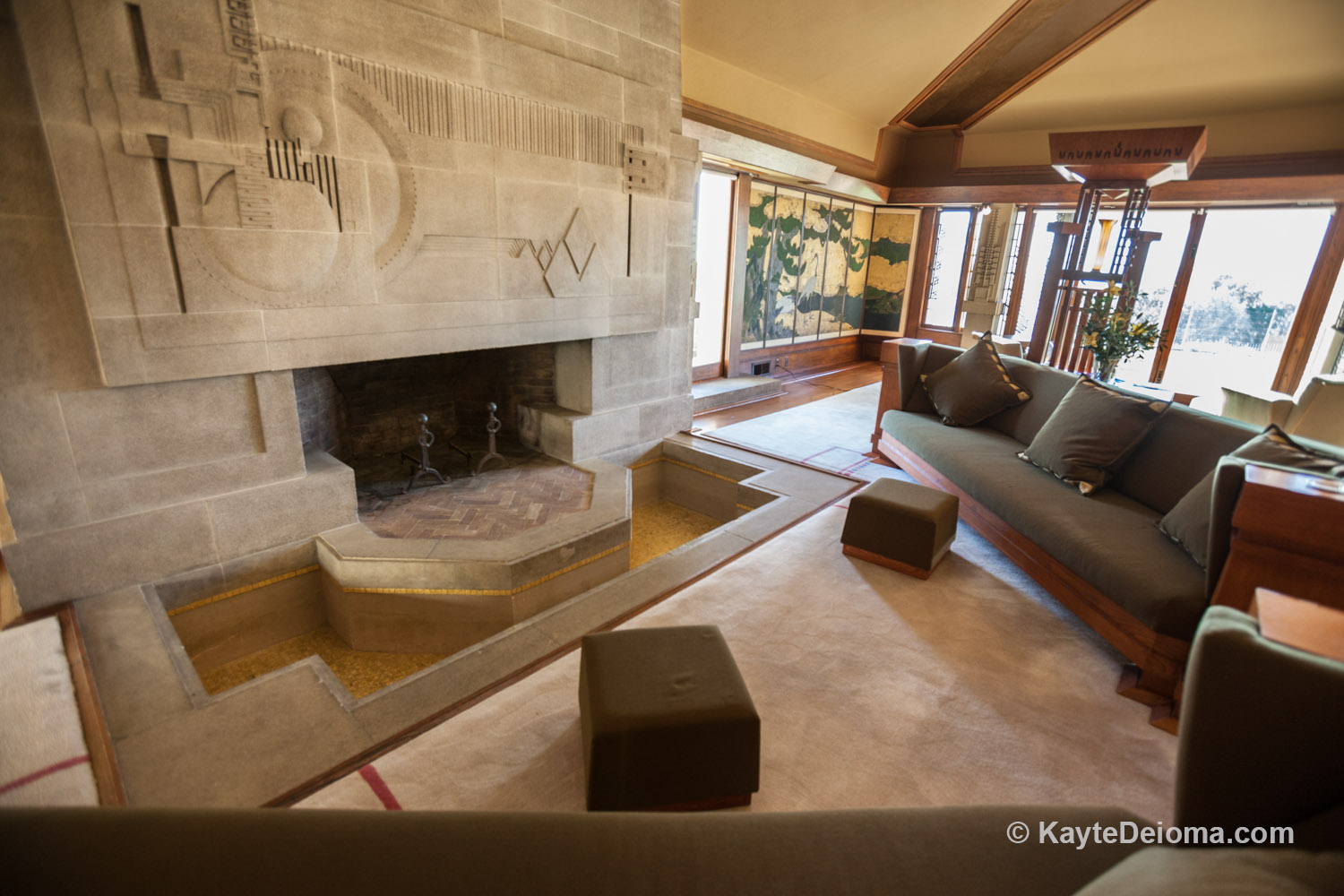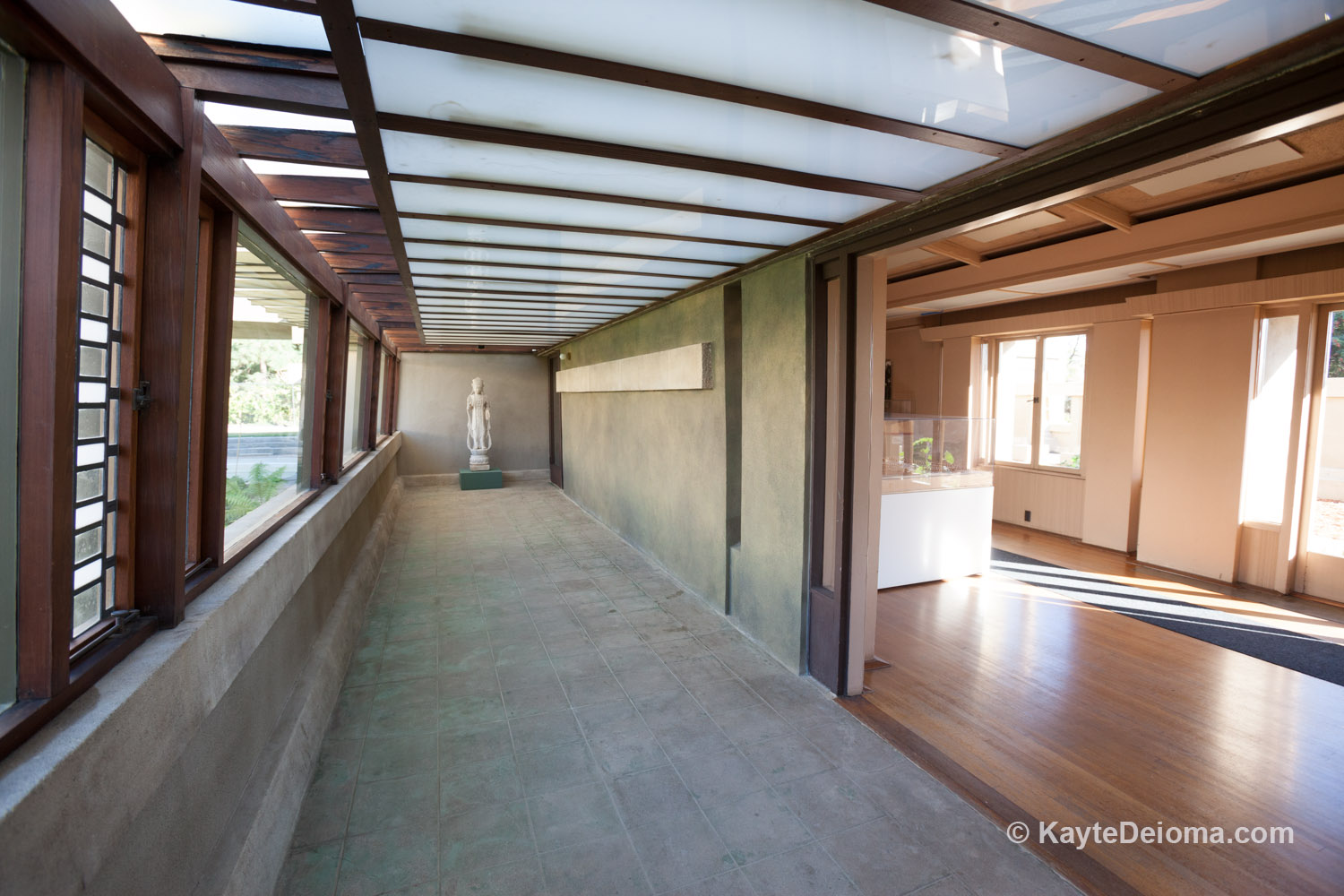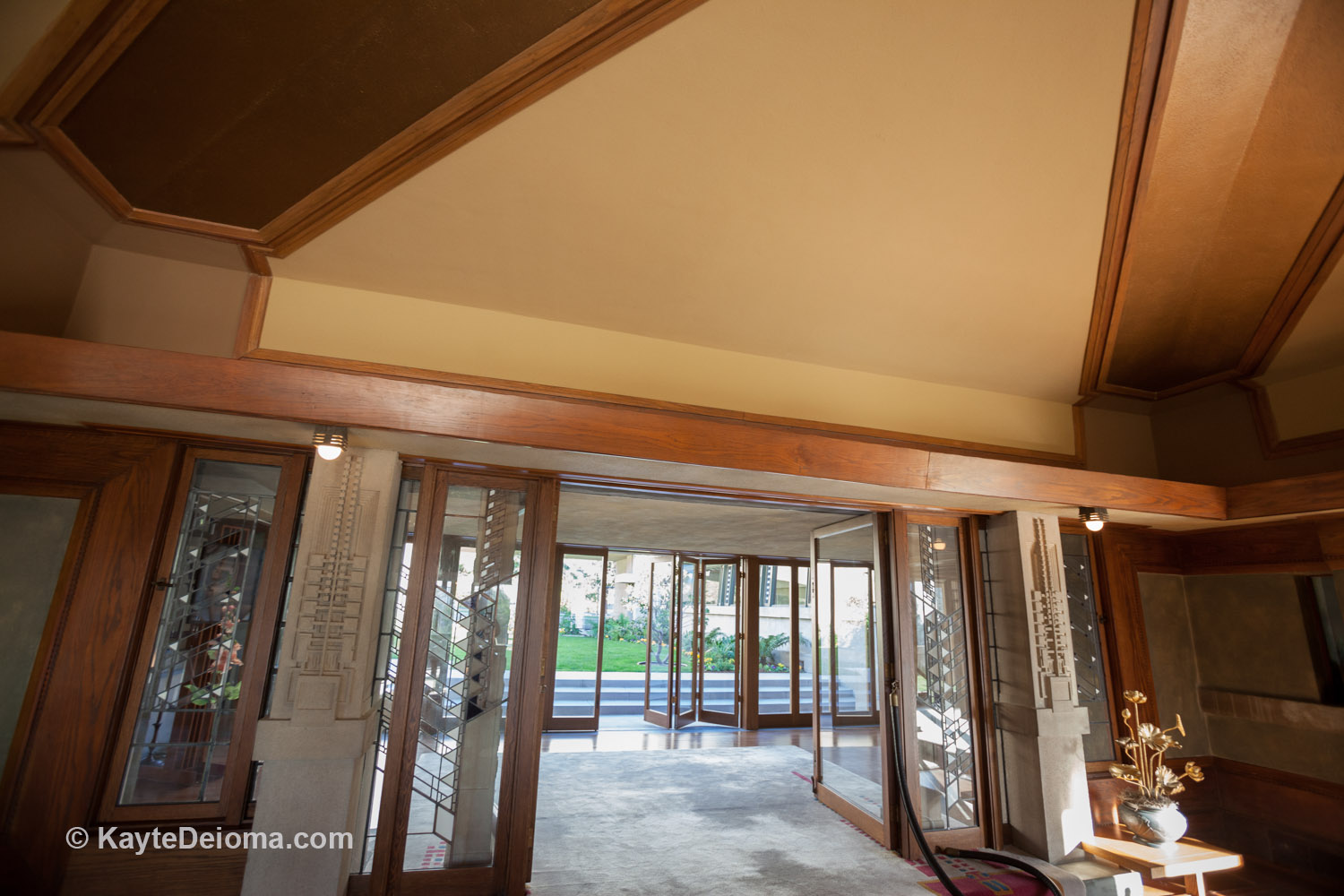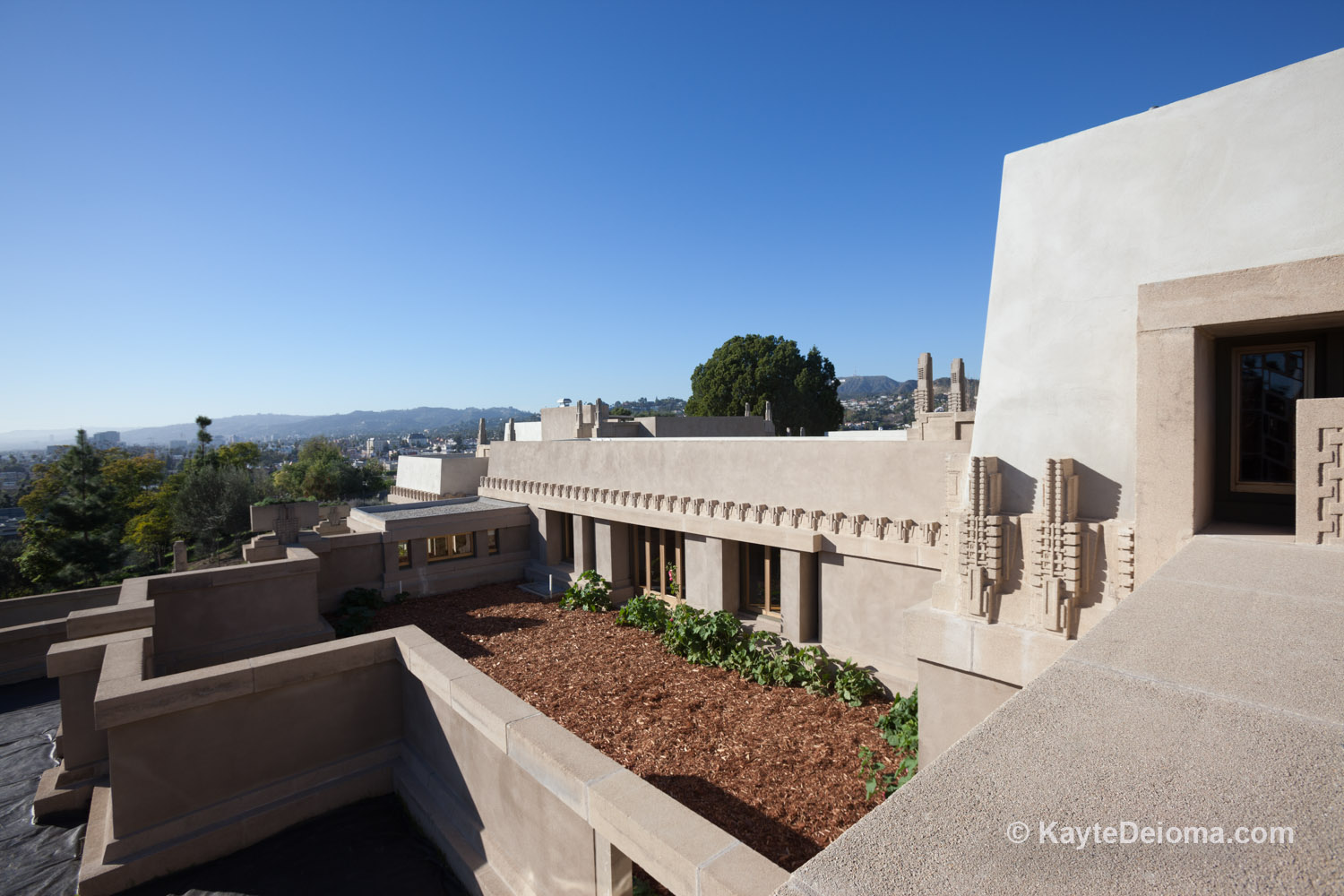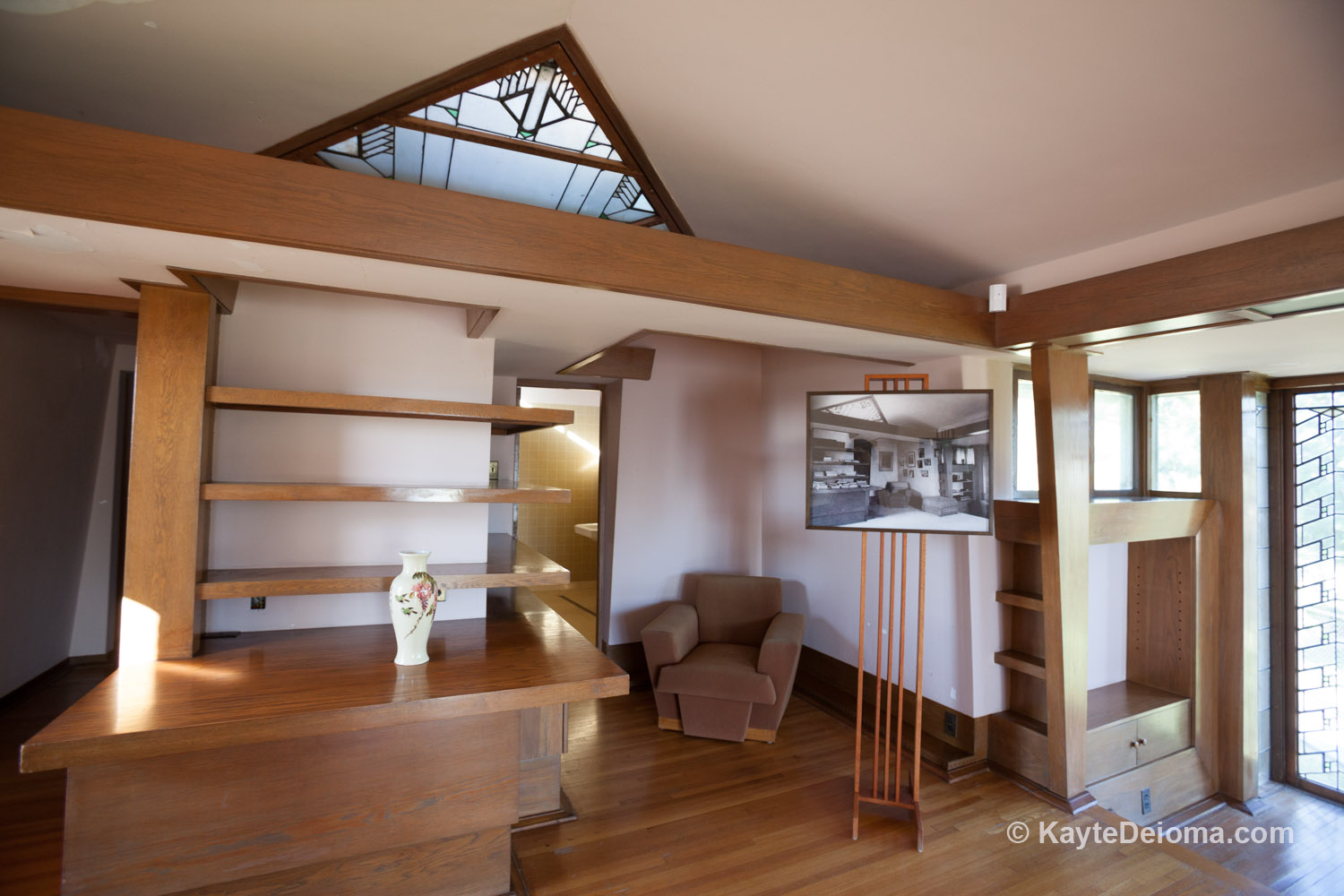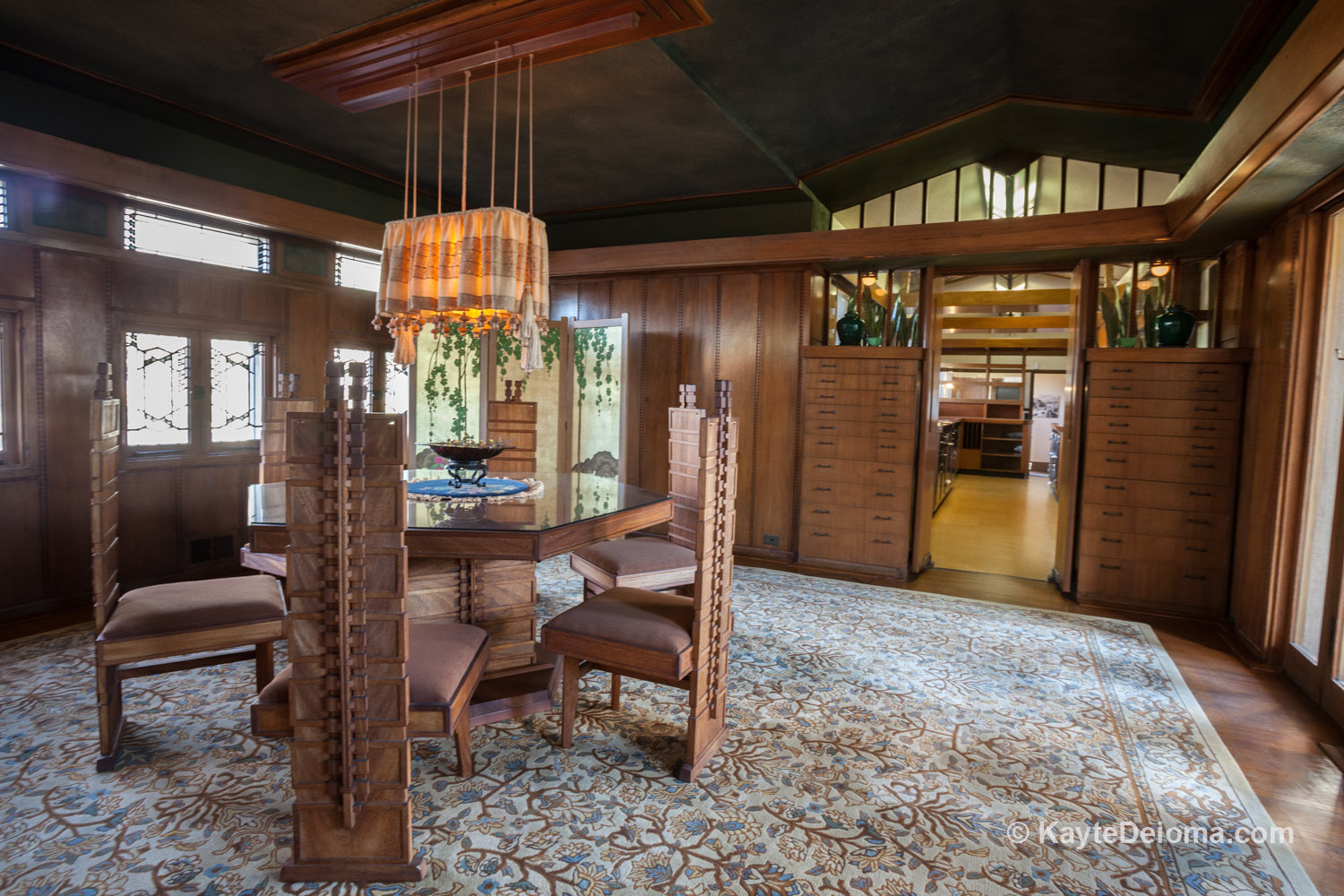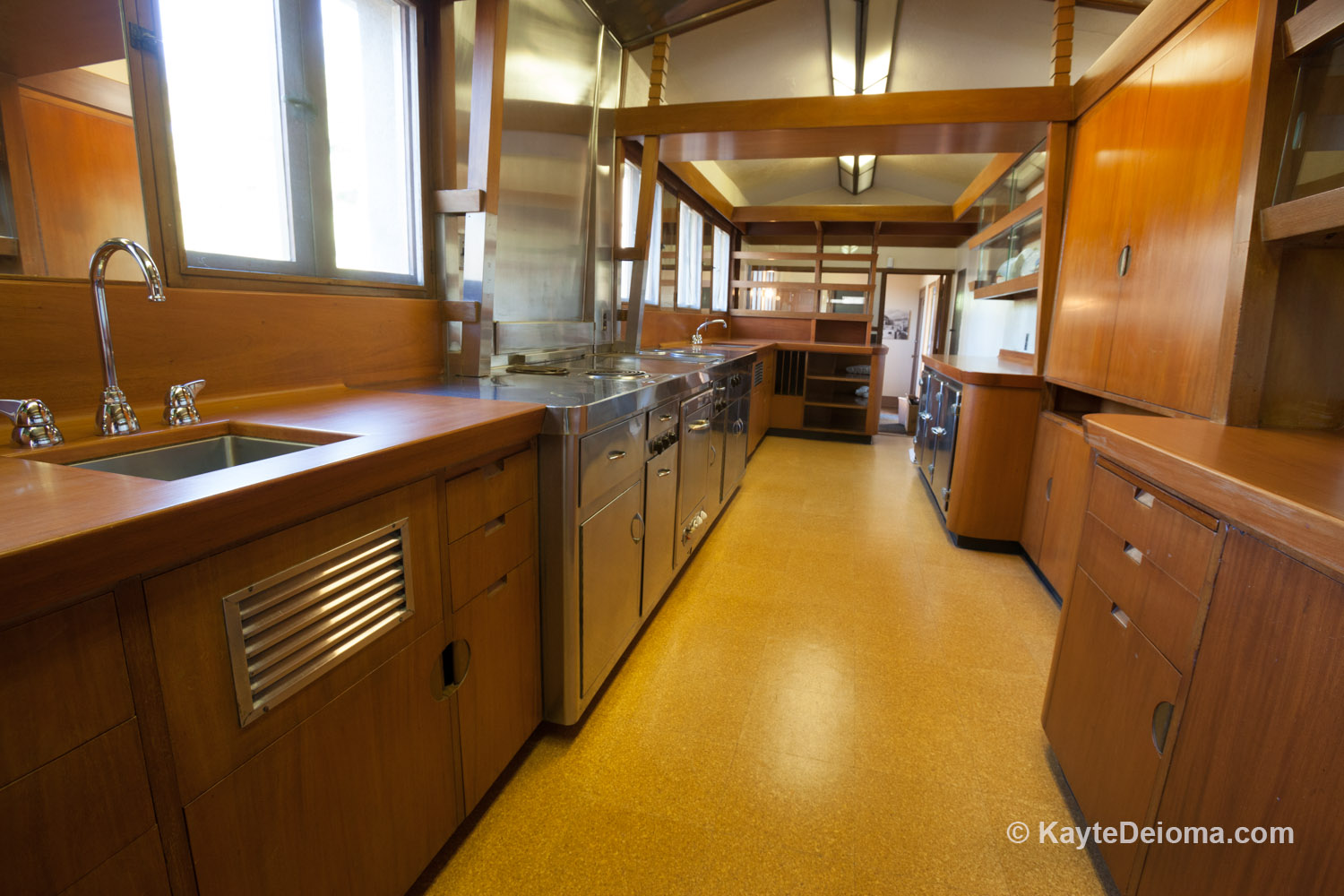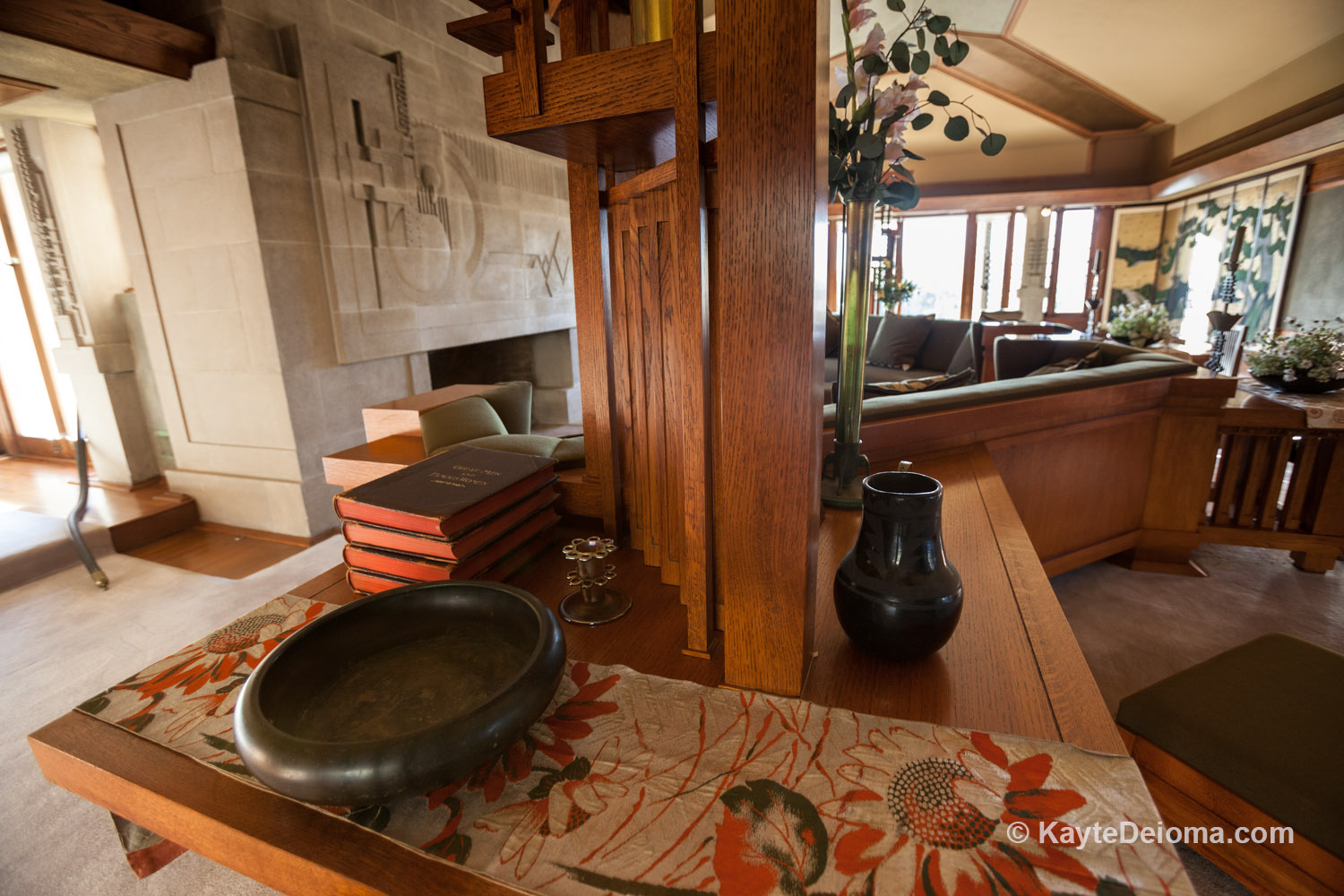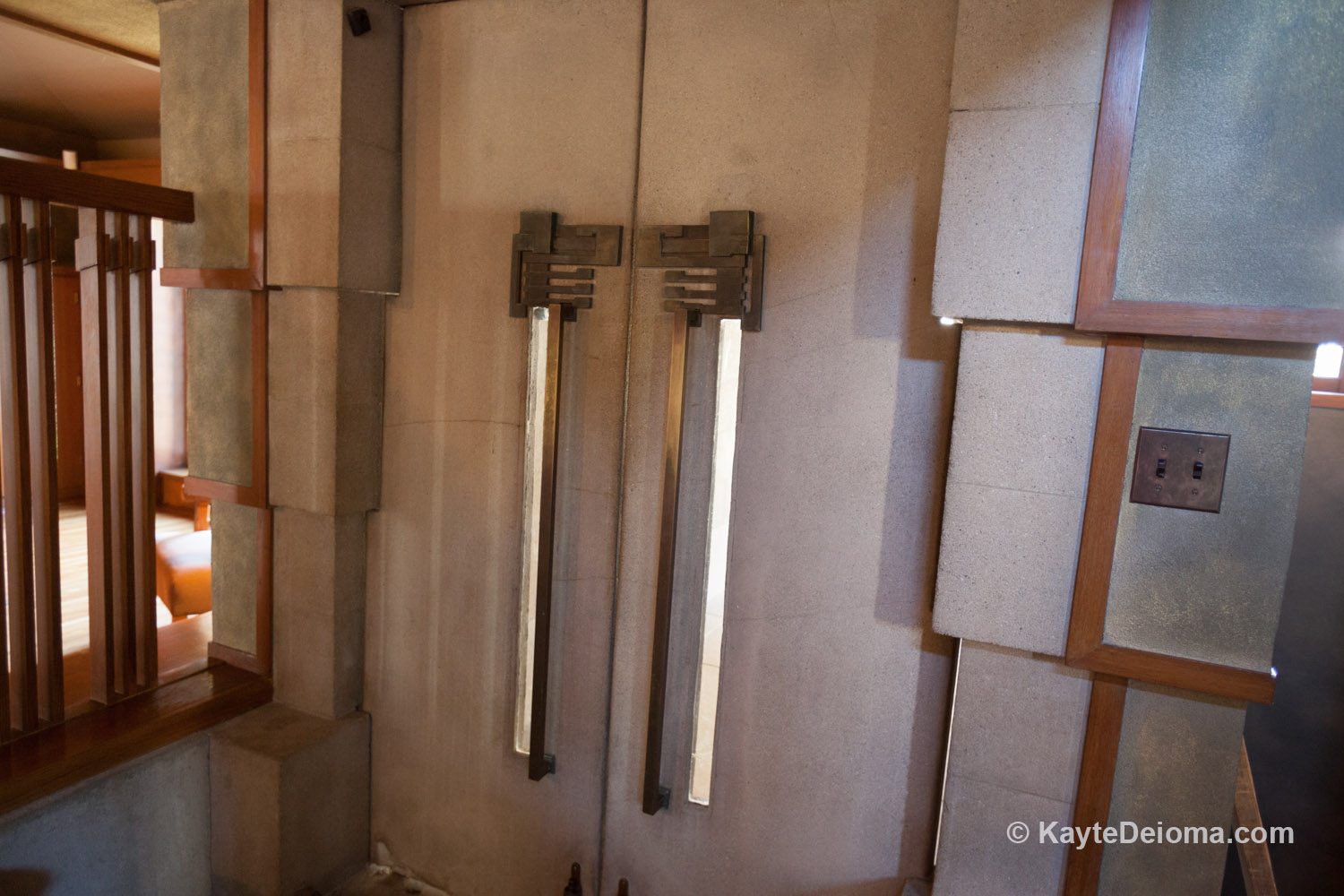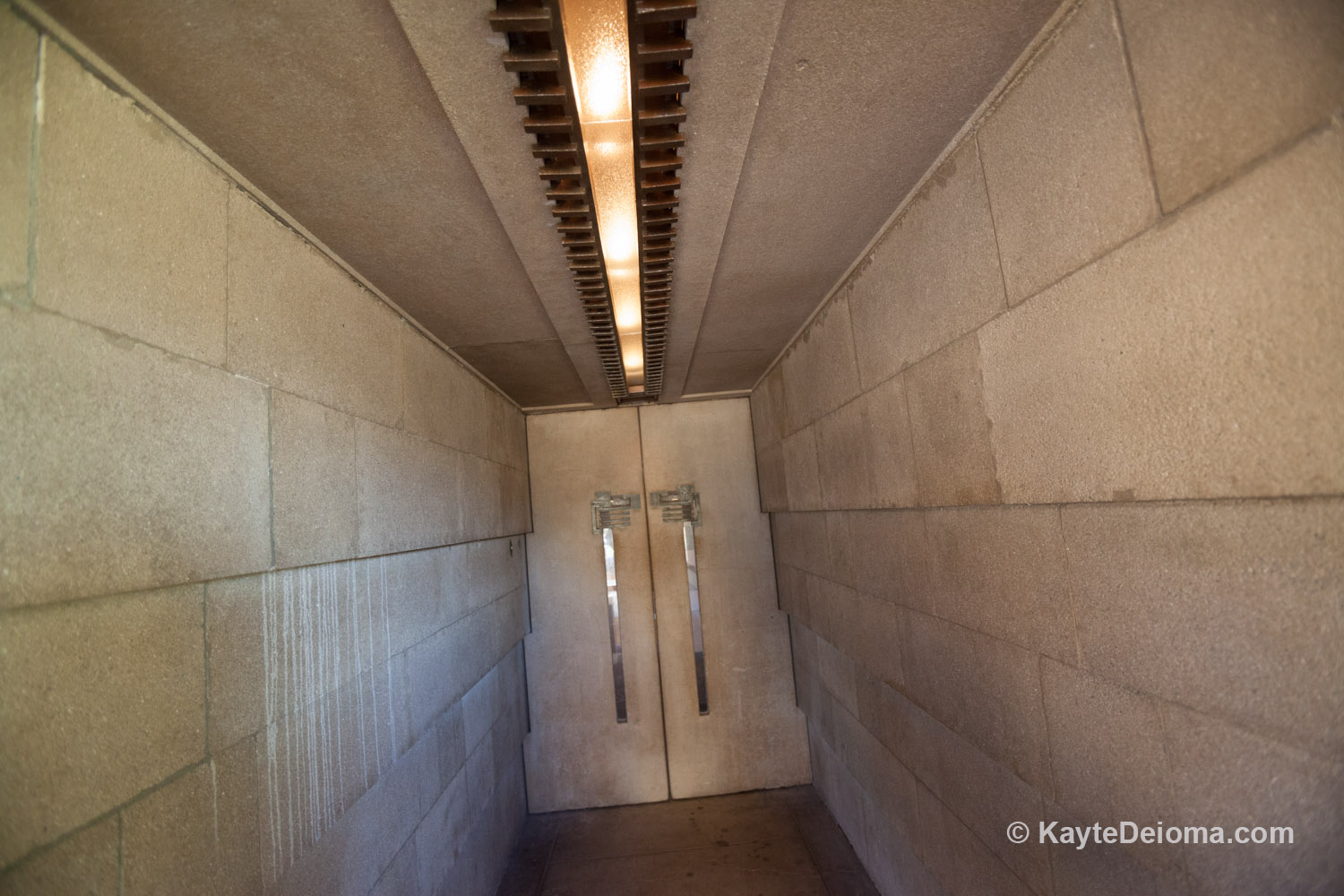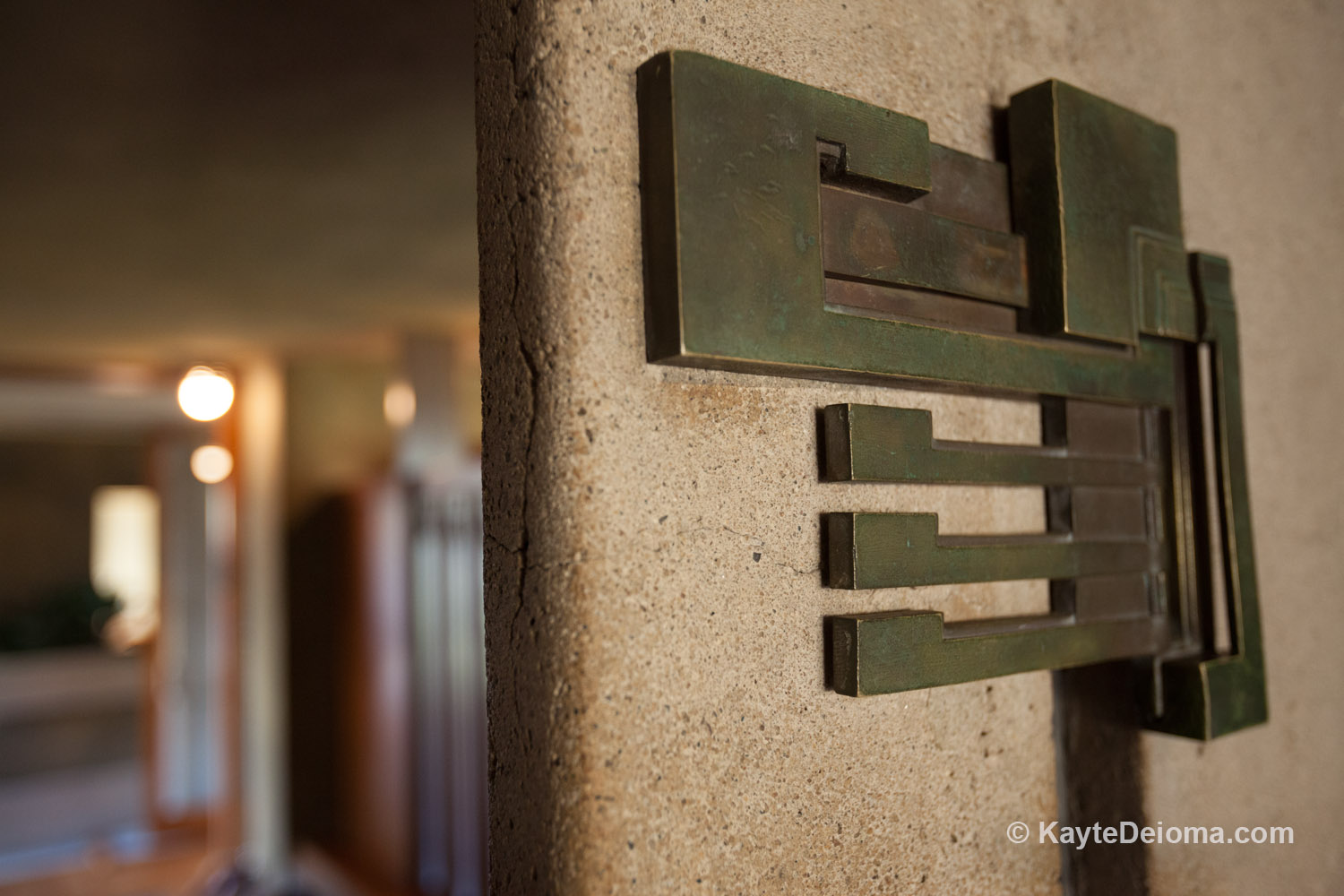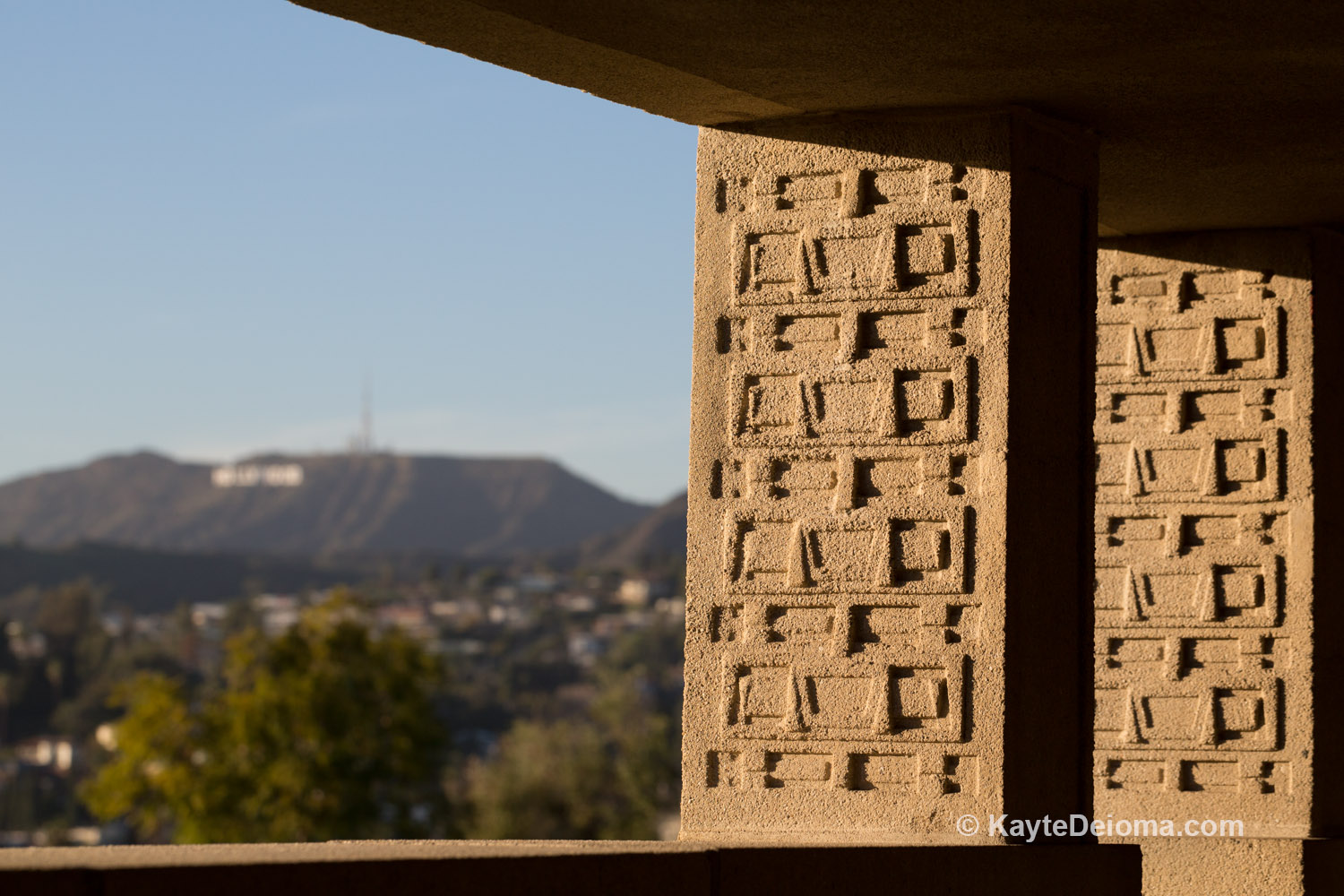story and photos by Kayte Deioma

What could be more “Hollywood” in Hollywood than attending a TV show taping? Depending on your timing, you could take in a live taping of your favorite sitcom, be in the audience of a talk show or cheer on the contestants in a game show.
Some shows tape at studios up in Burbank or on the west side, but many tape right in Hollywood. The Jimmy Kimmel Live! Show tapes at the El Capitan Entertainment Center next to the El Capitan Theatre. Various sitcoms tape at large and small studios around Hollywood. The largest in Hollywood is Paramount Studios with its memorable entrance on Melrose Blvd. at Gower.
TV shows are taped on weekdays. There used to be a more distinct taping season, but with some shows still starting in the fall, some in January and others as summer replacements, there is almost always something taping somewhere in Hollywood. August through March is still probably the busiest taping season. It usually takes at least three hours of your time to attend the taping, whether it’s a half hour sitcom or an hour long talk show. It can also take longer.
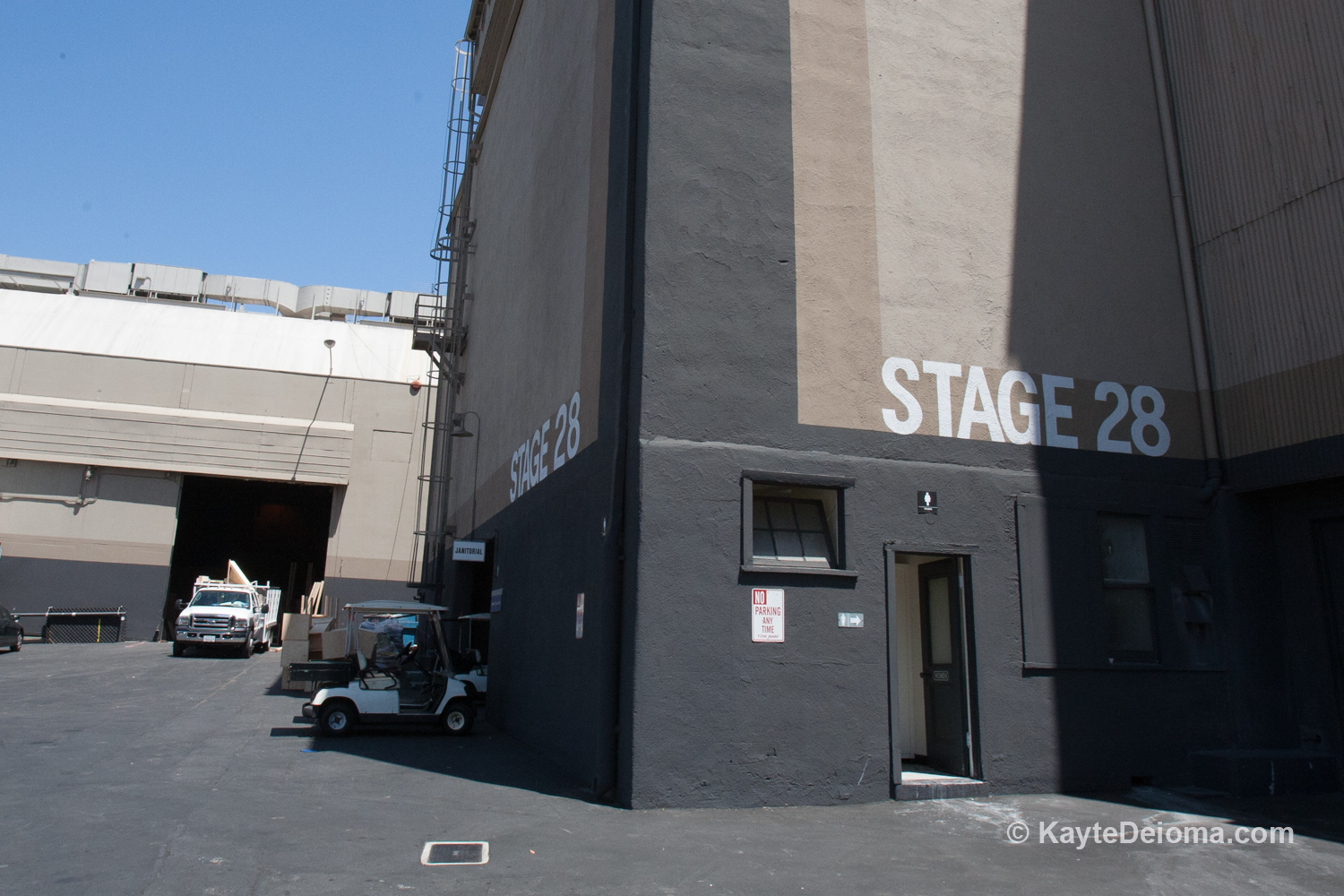
Most sitcoms have a “call time” of 4 or 5 p.m., which is when you are expected to show up and get in line. Game shows tape in the late morning or early afternoon and sometimes have two tapings in one day and tape multiple shows per session. Talk shows tape at all different times from Dr. Phil early in the morning to Jimmy Kimmel later in the evening and everything in between.
Getting Tickets
As you’re watching television, you’ll notice a few shows tell you that you have to write in months ahead of time to get tickets. This still applies to a few shows. It will improve your chances of getting in to see exactly what you want to see. But if you’re flexible, there is almost always something being taped that you can get tickets for right up until the last minute.
TV show tickets are free. You can get TV show tickets online through various web sites. There is some overlap between websites, but no one web site handles all the studios, so it’s best to check several. The Audiences Unlimited site, www.tvtickets.com has a good selection, as does www.tvtix.com. Many shows require audience members to be at least 18 years old. Some have a minimum age limit of 16. If you want to take your kids to a taping, some game shows that film outside of Hollywood also have a minimum age of eight.
Most weekdays, you can find people handing out TV show tickets in front of Grauman’s (TCL) Chinese Theatre on Hollywood Blvd. Of the Hollywood studios, the majority of them use the online audience ticket web sites listed above. For shows taping on the Paramount lot, you can call the studio directly at (323) 956-1777 for tickets. As a last resort, you can show up at the taping and see if there are any seats left after all the ticketed people have been seated.
The Experience
Do not bring cameras, video or audio recorders, or cell phones with you to the studio. Leave them in the car or the hotel room. You won’t be allowed to take them inside. Also leave pocket knives behind as well as anything else that might be construed as a weapon. You will be going through a security check point. Food is not generally permitted, but I have seen plenty of people finishing up their fast food burgers or beverages while waiting in line and nobody questioned the Power Bar and bottle of water that lives in my purse.
When you print your ticket from the internet, it might say to wear formal attire. When have you ever seen TV audience members wearing formal attire? Ignore this and use your common sense. If you’re going to see a sitcom, the audience won’t be seen. Jeans or shorts are fine, but they tend to keep the studios quite cold, so long pants and a sweater are a good idea. On talk shows and occasionally on game shows, the audience is sometimes seen. If you want to be seated in an area where you might be on television, dress appropriately.
They distribute more tickets than they have seats because they know a lot of people who get tickets won’t show up. So having a ticket does not guarantee that you will get in. Be in line at the call time if you want to be sure of getting a seat. If it’s a really popular show, be early.
Standing in line is part of the process. If it’s raining, they try to move you indoors so you don’t have to wait in the rain. You may be in line anywhere from 15 minutes to an hour. The location of the line may move several times before you enter the studio.
Finally you get ushered into the studio. There are not usually assigned seats. You are expected to fill up the rows in order as directed. After another while of waiting, a comedian comes out to warm up the audience and get you into a laughing mood. Depending on the comedian, this may involve a lot of audience participation, so if you have any great impressions of people, animals or random sound effects, practice up ahead of time, just in case.
As the comedian gets you laughing, production crew are wandering around the set making last minute adjustments. At last, the moment you’ve been waiting for: they’re ready to begin.
Watching a sitcom being taped is nothing like watching a sitcom on TV. It is a live theatre performance. You don’t have to enjoy watching a particular show to enjoy watching that show being taped. It’s a completely different experience. It’s all about the spontaneity of watching the actors deliver the lines one way and then try them again a different way, or simply watching them flub a line or have a laughing fit and have to redo the scene. Since it is live, the actors can hear you. You can’t scold the characters during taping the way you might yell at them on your TV. If you do, you’ll be thrown out.
Occasionally there may be a scene that was prerecorded that they play for you on overhead TV monitors to help you follow the story. Your warm-up person may be around to continue the laughs between takes as they re-position cameras for the next scene. If you’re lucky, a celebrity or two may break character between takes to come up to the audience and say hello. In any case, you have the pleasure of seeing these TV stars just twenty feet away as they perform their scenes. What better way to feel like you’re in Hollywood?
Most tickets are now issued online up to the day before the show. If you’re visiting from out of town and didn’t print your tickets in advance, you can usually print them at at your hotel. To get TV tickets online visit www.tvtickets.com or www.tvtix.com.
Paramount Studios: (323) 956-1777
www.1iota.com has tickets for The Late Late Show with James Corden, Late Night with Seth Meyers and Jimmy Kimmel Live!, which you can also get by calling (866) JIMMY TIX, (Call weekdays 1-4pm PST). !iota.com also has tickets to the daytime talk show, The Talk.
Other LA TV show tapings outside of Hollywood that are not listed on the web sites above:
Ellen Tickets: www.ellentv.com or call 818-260-5600
You can also find TV show tickets and discount LA event and attraction tickets on Goldstar.com.

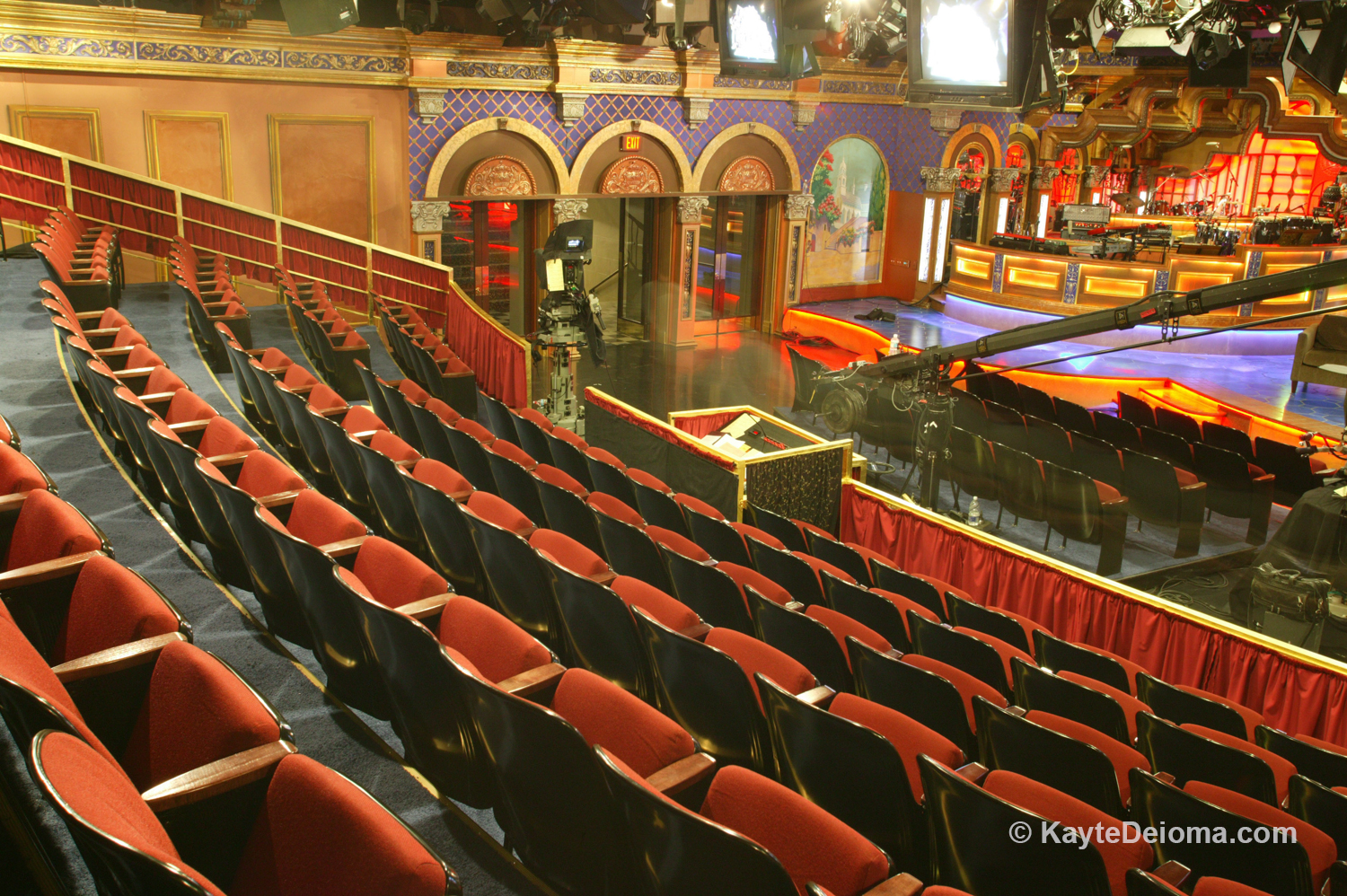
 Although much of what Xcaret Ecological and Archaeological Park has to offer is outdoors, there are a variety of indoor activities that can keep you dry on a rainy day, and you won’t care if it’s raining if you are in the water.
Although much of what Xcaret Ecological and Archaeological Park has to offer is outdoors, there are a variety of indoor activities that can keep you dry on a rainy day, and you won’t care if it’s raining if you are in the water. theme park around some of the Mayan Riviera’s natural wonders and archaeological ruins, which would give people access to these resources, while educating them about the dangers we humans pose to the natural world.
theme park around some of the Mayan Riviera’s natural wonders and archaeological ruins, which would give people access to these resources, while educating them about the dangers we humans pose to the natural world. Xcaret, Mayan for small inlet, was once a significant port. Ruins from the ancient village have been restored by the National Institute for Anthropology and History (INAH) with funding from Xcaret and are incorporated into the park.
Xcaret, Mayan for small inlet, was once a significant port. Ruins from the ancient village have been restored by the National Institute for Anthropology and History (INAH) with funding from Xcaret and are incorporated into the park. For an additional fee you can try Snuba diving (attached to an air hose) or Sea Trekking with a weighted air helmet in cenotes, which are underwater sinkholes formed when the roofs of underwater caves were eroded away. There is also an independent vendor providing the opportunity to swim with the dolphins.
For an additional fee you can try Snuba diving (attached to an air hose) or Sea Trekking with a weighted air helmet in cenotes, which are underwater sinkholes formed when the roofs of underwater caves were eroded away. There is also an independent vendor providing the opportunity to swim with the dolphins. The wildlife in the park, which includes deer, panthers and jaguars, howler monkeys, birds and butterflies, to name a few, will probably take cover, but you can always find plenty going on inside the Coral Reef Aquarium.
The wildlife in the park, which includes deer, panthers and jaguars, howler monkeys, birds and butterflies, to name a few, will probably take cover, but you can always find plenty going on inside the Coral Reef Aquarium. For a decadent and relaxing escape from a sudden shower, a massage under a palapa or in a river cave at the Xpa could do the trick. A little pink boat rows you across the river to the cave. Overhanging green tree branches separate you from a waterfall, whose constant symphony drowns out any other sounds from park visitors.
For a decadent and relaxing escape from a sudden shower, a massage under a palapa or in a river cave at the Xpa could do the trick. A little pink boat rows you across the river to the cave. Overhanging green tree branches separate you from a waterfall, whose constant symphony drowns out any other sounds from park visitors. The Xcaret Night Spectacular is worth the trip to Xcaret, even if you don’t spend the day at the park. The show is included with the cost of admission, or for an additional fee you can have a three course dinner during the show, which was one of my favorite meals of the trip.
The Xcaret Night Spectacular is worth the trip to Xcaret, even if you don’t spend the day at the park. The show is included with the cost of admission, or for an additional fee you can have a three course dinner during the show, which was one of my favorite meals of the trip. The first pre-Hispanic game, called Pok ta’ pok, is played by barefoot men wrapped in leather and fabric loincloths, each with unique body paint, bearing carved and feathered creatures on their heads. The goal of the 3000-year-old game is to get the rubber ball through a vertical stone hoop by hitting it with just the hip. Although it appears to be a team sport, just one man is honored as a winner at the end.
The first pre-Hispanic game, called Pok ta’ pok, is played by barefoot men wrapped in leather and fabric loincloths, each with unique body paint, bearing carved and feathered creatures on their heads. The goal of the 3000-year-old game is to get the rubber ball through a vertical stone hoop by hitting it with just the hip. Although it appears to be a team sport, just one man is honored as a winner at the end. In the Burning Ball Game, or Uarhukua, from the Purépecha people of Michoacan, they light a wooden ball on fire, then use hockey-like sticks to propel it though the same stone hoops. The fireball represents the sun and honors the god of fire in this ritualistic sport. Despite also being barefoot, I was glad to see that these players wore a much thicker protective layer of leather around their midsections displaying team colors.
In the Burning Ball Game, or Uarhukua, from the Purépecha people of Michoacan, they light a wooden ball on fire, then use hockey-like sticks to propel it though the same stone hoops. The fireball represents the sun and honors the god of fire in this ritualistic sport. Despite also being barefoot, I was glad to see that these players wore a much thicker protective layer of leather around their midsections displaying team colors. The second half of the program on Mestizo Mexico is a showcase of regional Mexican folk music and dance from around the country. A colorful array of costumes, music and dancing take you from the Gualeguetza of Oaxaca, to the Vaqueria of the Yucatan. The Old Men Dance represents Michoacan, while Veracruz celebrates its
The second half of the program on Mestizo Mexico is a showcase of regional Mexican folk music and dance from around the country. A colorful array of costumes, music and dancing take you from the Gualeguetza of Oaxaca, to the Vaqueria of the Yucatan. The Old Men Dance represents Michoacan, while Veracruz celebrates its Carnaval with feather-clad showgirls. Papantla fliers swing from the rafters. Sinaloans dance a polka; and drummers beat out a peasant tune from Tabasco. Mariachis, a flirtatious Jarabe Tapatio dance and rope tricks from Jalisco round out the cultural tour. The grand finale brings them all back together, with giant puppets leading the parade. It is a really impressive exhibition of Mexico’s cultural heritage.
Carnaval with feather-clad showgirls. Papantla fliers swing from the rafters. Sinaloans dance a polka; and drummers beat out a peasant tune from Tabasco. Mariachis, a flirtatious Jarabe Tapatio dance and rope tricks from Jalisco round out the cultural tour. The grand finale brings them all back together, with giant puppets leading the parade. It is a really impressive exhibition of Mexico’s cultural heritage. Xcaret is located just south of Playa Del Carmen on the Mayan Riviera. At publication, prices start at $89.99 for adults and $44.99 for children 40″-50″ tall for basic park entry, 10% off for online purchase. Packages are available including meals and transportation. Xcaret may be included or have special rates from some all-inclusive Cancun or Mayan Riviera resorts. For more information and current prices visit
Xcaret is located just south of Playa Del Carmen on the Mayan Riviera. At publication, prices start at $89.99 for adults and $44.99 for children 40″-50″ tall for basic park entry, 10% off for online purchase. Packages are available including meals and transportation. Xcaret may be included or have special rates from some all-inclusive Cancun or Mayan Riviera resorts. For more information and current prices visit 